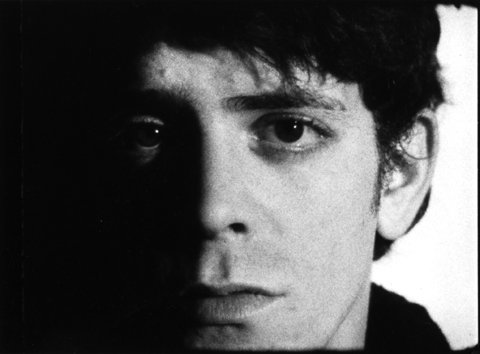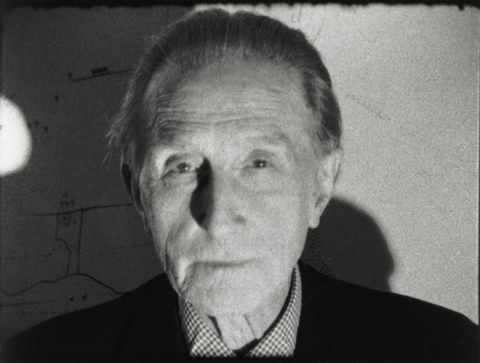
IMAGINED SOUNDTRACK Lou Reed. |
Andy Warhol, pretty famous art guy, developed a homey hand-drawn illustration style that brought him fame and money in the 1950s, while he patiently surveyed the workings of the fine arts world. Then in the ’60s, he triumphed there with his signature combination of awesome Day-Glo graphic design chops, deadpan conceptualism, gay sparkle, and a tabloid fascination with glamour and death. Amazing shit.
“In the history of the world, no one ever put those colors together before Warhol did,” New York magazine critic Jerry Saltz proclaimed on a November 13 Reddit Ask Me Anything session. “Warhol changed the way the world looks and the way we look at the world. That is fucking revolutionary.”
I’d call Warhol a visionary more than a revolutionary but, ya know, point taken. Yet for all my Warhol crushes, the guy could also be wicked boring.
“Andy Warhol’s Screen Tests,” the new exhibit at the RISD Museum (224 Benefit St, Providence, to May 11), showcases 20 short films he made between 1964 and ’66 of his Factory studio “superstars” (Edie Sedgwick, Jane Holzer, Gerard Malanga) and celebrated artists, writers, and musicians (Bob Dylan, Lou Reed, Allen Ginsberg, Salvador Dali).
They weren’t actually audition shots as Hollywood used the term, but silent “living portraits,” each one about 2 ¾-minutes long, the length of a 100-foot roll of black-and-white 16mm film, but slowed down to last about four minutes.
RISD curator Geralyn Huxley projects them one after the next, big on a gallery wall. I’d imagined them with the Velvet Underground playing over them — Warhol showed the Screen Tests at parties and at Velvets concerts, and included some in his campy narrative movies.
But the films are silent, so there’s nothing to distract from, say, a young Sedgwick blinking and fidgeting before the static camera. Some folks endeavor to stay still — like Holzer, with her eyeliner and blonde mane, or a Brando-esque Malanga staring hard into the camera. It quickly grows tedious — which may be the point. At a certain point, I just tuned out.
The films come from the time when Warhol was making marathon observational anti-movies, like his five-hour film of a friend sleeping and his eight-hour static shot of the Empire State Building. “What I liked was chunks of time all together, every real moment,” Warhol wrote.
The Screen Tests feel like a weird, (anti)social experiment to study what happens if you pin people down and just stare at them like you’re an alien or an insect.

AN IMPISH GRIN Marcel Duchamp. |
When Marcel Duchamp sat before Warhol’s Bolex camera, the old devil wore an impish grin between puffs on a cigar. A conceptual art pioneer, Duchamp wasn’t well known in America at that point, but his theory that anything might be art (including, infamously, a urinal) if you put it into an artistic context was beginning to percolate through the work of Jasper Johns and Ed Ruscha. And Duchamp began to rise toward the 20th-century art world Mount Rushmore status he has today. In his Screen Test, you get the sense that he’s maybe not sure what the game is, but he’s enjoying it nonetheless.